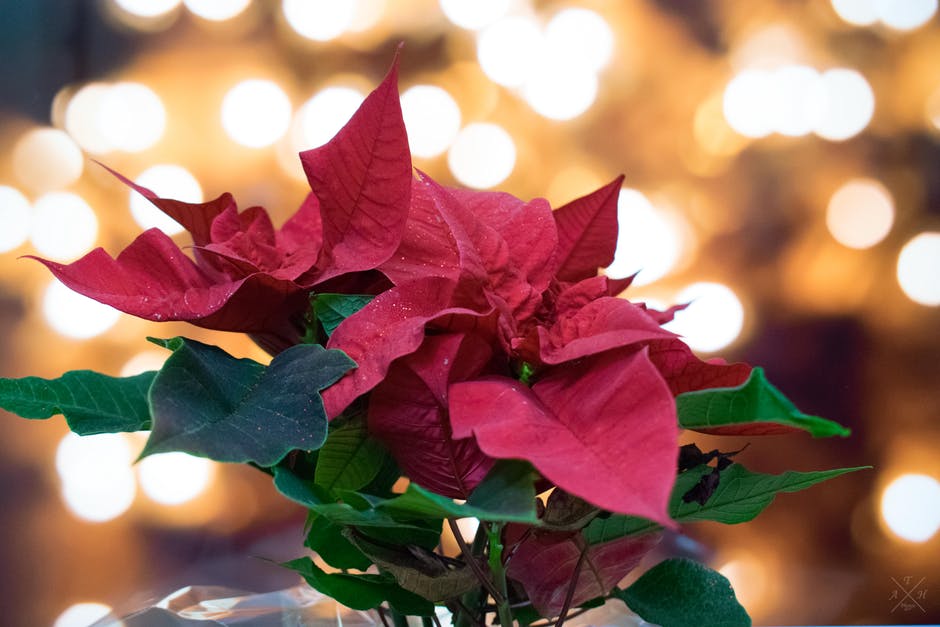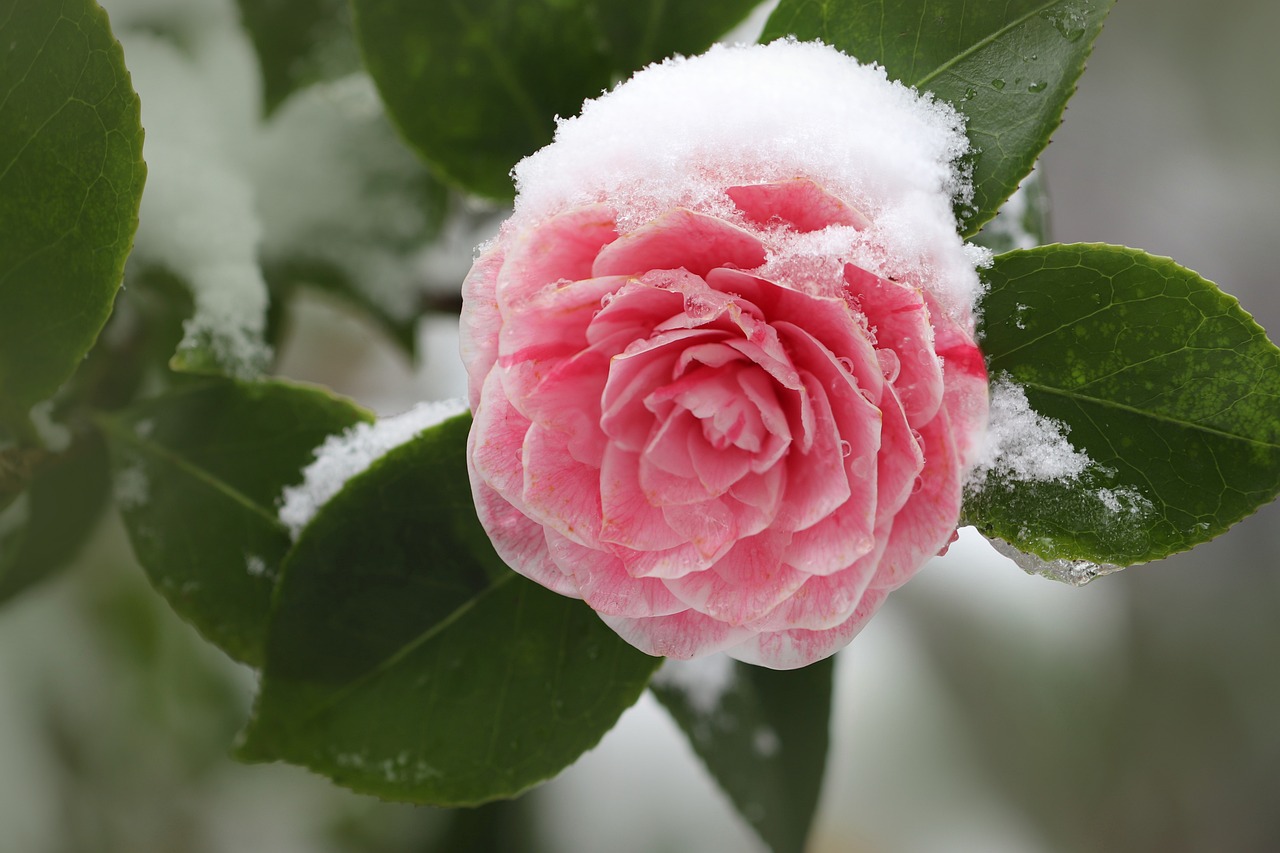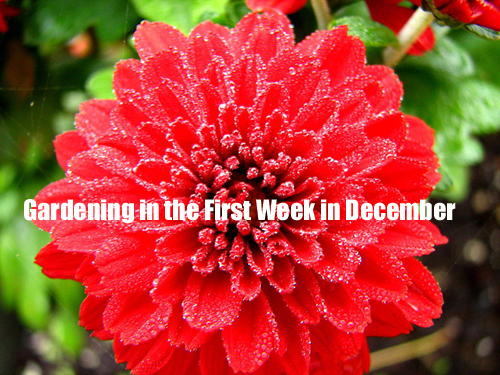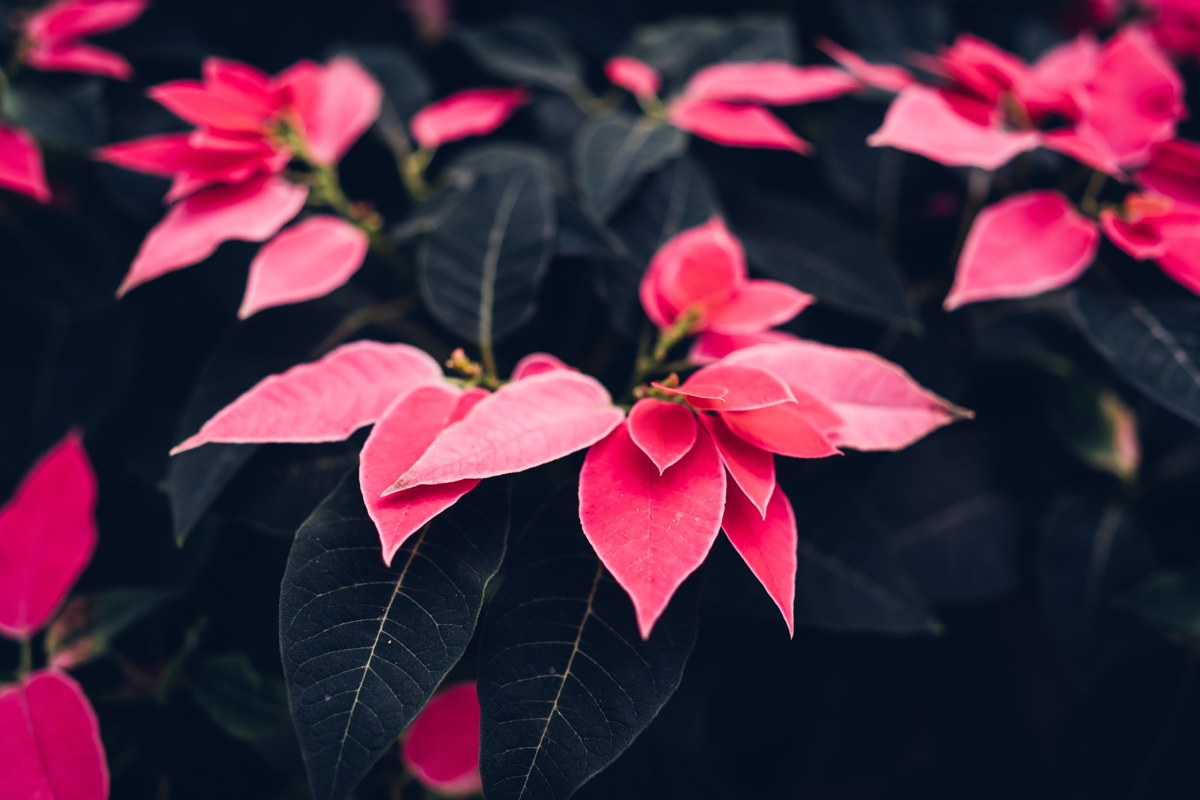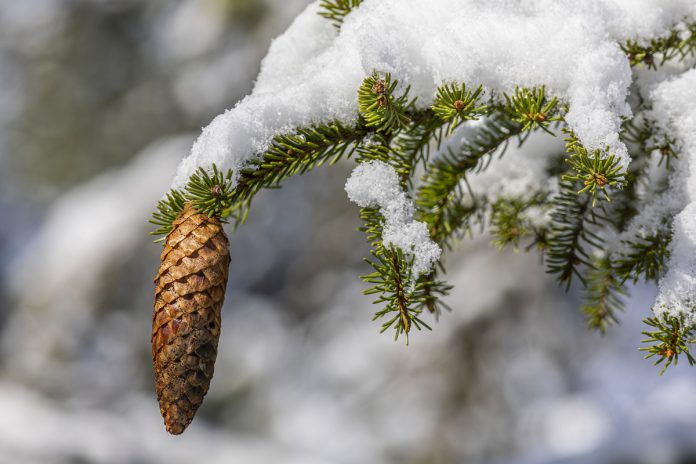Cactus and Christmas Cactus
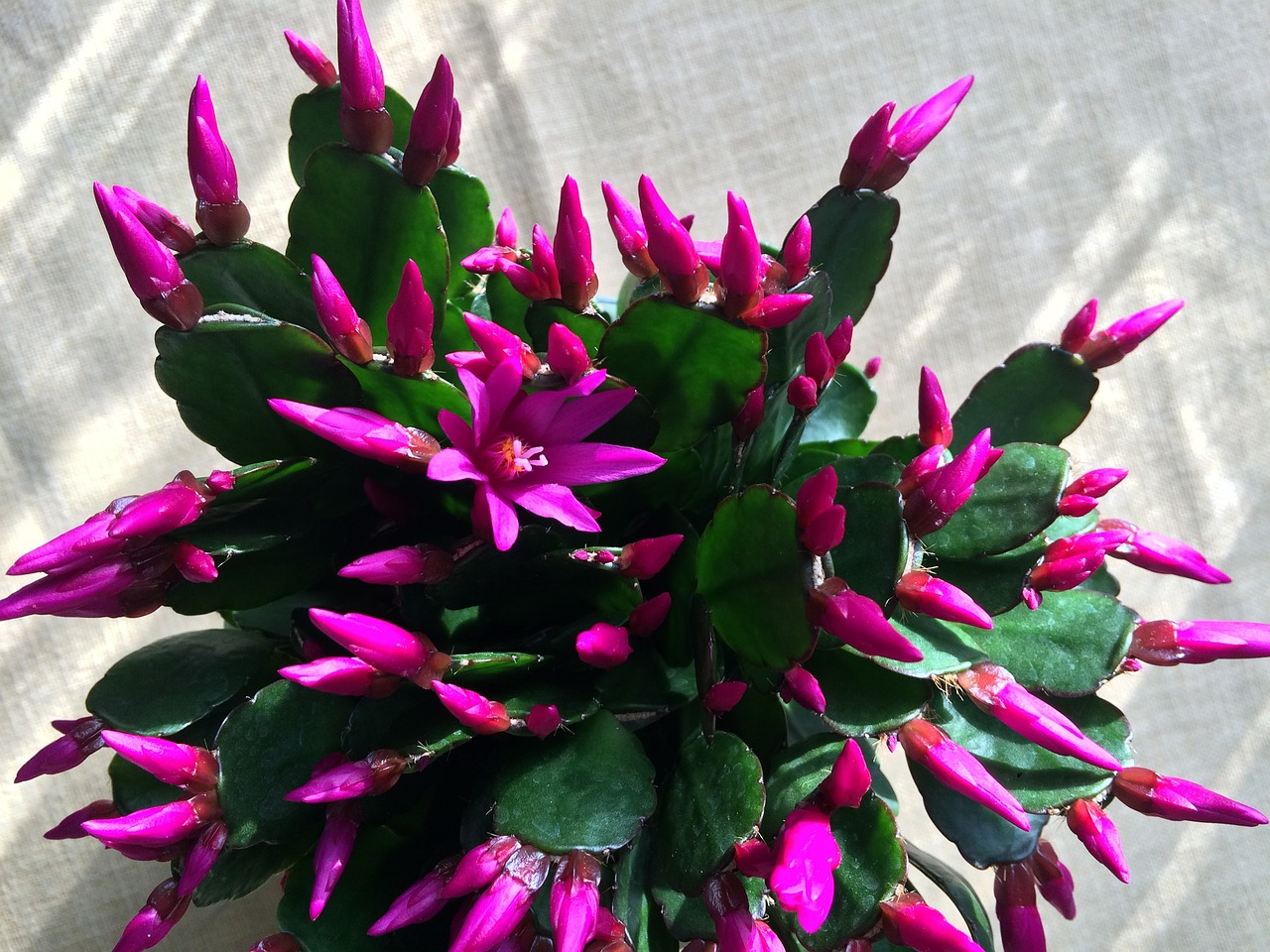
Cactus Description
There are thousands of Cactus species all over the world, with different types of stems. Their flowers are beautifully colored, appreciated mostly for their short existence.
Most of the Cactuses are thorny plants, no water lover, but being precious in full light. Therefore the cactus plants were called “children of the sun”.
Cactus Growing
During the summer, keep your cactus outside; thorny cactus loves sunshine, the cactus with few thorns has to stay in light, without sun. Put the cactus with no thorns in semi-light. As a trick, we recommend you to add in pot over the soil some small river stones which are very helpful in the hydrating and moisture process. In this case, you don’t have to water it, just maybe spray the soil.
In winter, the plants have to be kept in light places with moderate temperature (10-12 degrees centigrade). The watering will be rare, maybe once in two weeks. Our advice is not to water it. Anyway, if you do it, don’t reach the plant.
Christmas Cactus
Being Christmas, we’ll tell you about a special cactus species. Its scientific name is Epiphyllum, Schlumbergera bridgestii, but it’s known as Christmas cactus, because it blooms in winter, more precisely since November till February.
Christmas Cactus Description
This cactus represents a very special decoration for your house in Christmas, being a symbol of it. It has a variety of colors, from white to pink, orange-red, violet and yellow too. The specialists created a new color which is very popular now: the golden one. It’s important for you to know that the plant will bloom only if you don’t remove it even with a couple of months before the flowering period. This is way it’s popularly called “Don’t disturb me”. The Christmas cactus has wide vaulted stems with the aspect of well knit leaves which flows and therefore you have to put it in pendent pot. They could reach over 30-45 centimeters. The leaves are the stems themselves.
Christmas Cactus Flowering Period and Growing
The Christmassy plant grows well in a light without sunshine places and is flowering in Christmas, precisely, as we said before, since November till February. After the bloom, the stems-leaves will become lax following rest period till June. Once in 3-4 years we recommend you to prepare the plant for the rest, by transplanting it in a bigger pot at the end of the winter in a good potting mix, containing soil from beech leaves, peaty, river sand, some dust derived from wooden coals and small pieces of bricks. Then put the cactus in a semidarkness without watering location and keep it there for 10-15 days. During the entire resting period (that’s when the plant is no longer flowering) keep the cactus in a place with a surrounding temperature of about 12-15 degrees centigrade in a slightly moist soil which has to be dried between two waterings. Since autumn till the flowering period fertilize it using a water-soluble or liquid fertilizer.
Christmas Cactus Multiplication
The cactus multiplication is possible by seeds, cuttings or grafting. So called Christmas cactus multiplies more often by cuttings, in spring or summer. Again as a trick, let in free air the cutting to heal it self for a few days, then pot it in sand. Keep it without watering, just spraying sometimes, in warm and light shady place.
Christmas Cactus Pests and Disease
When looking for signs of pests and diseases, check under the leaves of the Christmas cactus. This plant is known for having pests such as mealybugs and scale insects. Not only do pests and diseases affect the plant, but they can also spread to surrounding plants. If pests are found, wash the Christmas cactus with soapy water. When pests are too severe, discard the plant.
The Author:
Photo. Muecke
Source: EA


